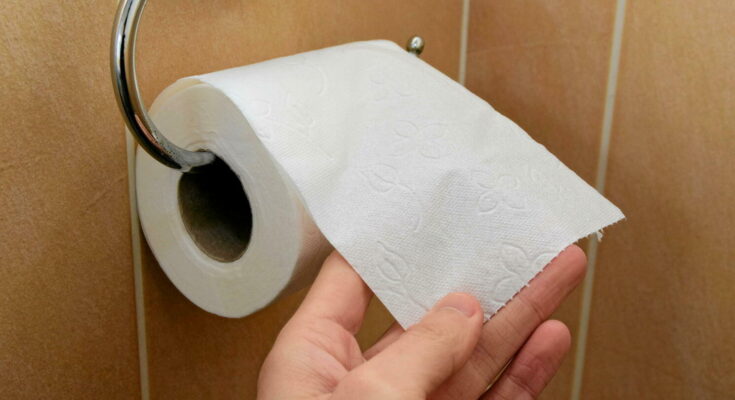LThe way we go to the bathroom directly affects gut health. The position you take, the time you spend there, and even the way you wipe can change everything. However, this is a topic we almost never talk about.
Let’s start with position. In modern toilets, we sit at a right angle. The problem is, in this position, the rectum forms a kind of elbow with the anus, thus preventing the passage of stool. The result: we push, we force, and ultimately damage the blood vessels of the anus. What for ? Because the more we push ourselves, the more we increase the pressure in the stomach – and this pressure is reflected directly in the blood vessels in the rectum, which fill with blood until they swell, causing hemorrhoids.
When you squat, this angle straightens out naturally: the trajectory becomes more direct, evacuation becomes simpler. This is exactly as described in a study published in 2003. Participants took half as long to defecate and pushed less in a squatting position. Other recent research has confirmed this! The squatting position makes evacuation easier. Luckily, there’s no need to return to the squat toilet. A small stool measuring 20 cm under the feet is enough to straighten the pelvis and find that natural posture, while still sitting comfortably. Not everyone needs it. But the majority felt the added comfort was real.
do not force
Second tip: don’t stay in the toilet for too long. We read, sometimes we scroll on our phones, and five minutes becomes ten, even fifteen minutes… Except that sitting for too long compresses the blood vessels in the rectum, which worsens their dilation. According to the recommendations of the American Society of Colorectal Surgery, it is best not to exceed a few minutes per session. This is especially true for hemorrhoid sufferers, but this principle can be applied to everyone.
The third tip is don’t force it. Pushing too hard will increase pressure on the stomach and chest. And this can interfere with pelvic floor muscle coordination and make defecation more difficult. The right solution: exhale gently while exercising, as if blowing through a straw, which will naturally relax the diaphragm and perineum.
And finally, cleanliness. Dry paper, especially scented paper, can irritate the anal area. Gently rinsing with water, followed by drying with a clean towel or soft paper is by far the best method. In addition, modern Japanese toilets are equipped with warm jets with adjustable pressure: much more hygienic! In short, good posture, good duration, and good hygiene are simple measures that can relieve constipation, prevent hemorrhoids, and protect the pelvic floor.



